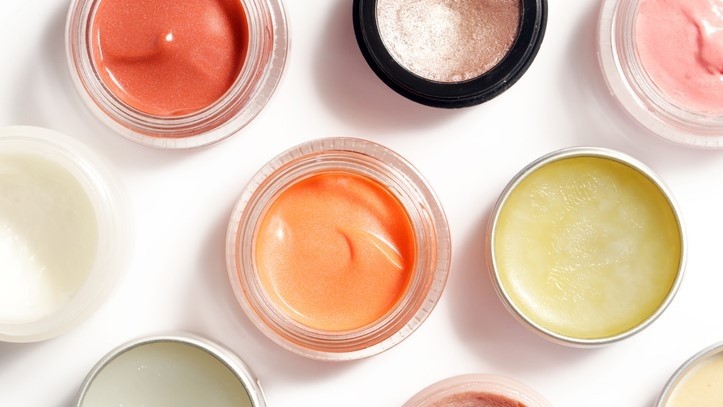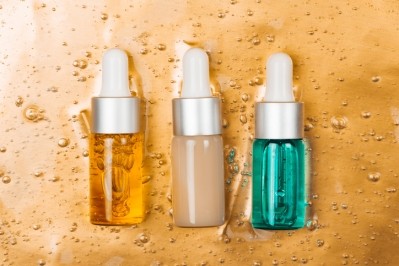Cruelty-free cosmetics: China’s animal alternative methods have room for improvement

Shujun Cheng, researcher at Shanghai Jiaotong University, presented at the recent CRAC-HCF 2020 Virtual Forum on the progress and practice of animal alternative methods in China.
Animal testing is used to test the safety and hypoallergenic properties of products for use in humans.
Globally, mounting pressure from consumers on governments and brands to eliminate animal testing, have resulted in EU, Australia, India, Colombia and other regions banning its use.
China has also made progress by exempting mandatory animal testing on domestic non-special use cosmetic, and soon for imported general use cosmetics.
However, cosmetics for children, and those containing new cosmetic ingredients (NCI) during the first three years of monitoring are still required to conduct animal testing.
Combine methods
China has so far approved seven alternative methods to animal testing, based on the Adverse Outcome Pathways (AOP) theory.
However, Cheng said these methods mostly test toxicity of a single compound.
He added the problem was in evaluating mixtures containing multiple complex ingredients that are difficult to prove by alternative method.
Plant extracts are one example, with complex compounds.
Cheng recommends that single methods can be combined to better evaluate complex mixtures, and “to reduce unnecessary experiments, making prediction more scientific.”
Standardisation
While animal testing is unlikely to be banned in the near future in China, it can be standardised.
One example in the EU is where adult fish are protected against animal testing, according to Cheng.
A standard proposed by Shanghai Society of Toxicology suggests testing on fish embryos/eggs in place of adult fish.
Cheng said for more alternative methods to be approved at the policy level in China, they needed to demonstrate capability of the method.
“Capability demonstration of an alternative method is totally different from verification of its scientific basis and reliability.
“What we need to do is to reproduce these (alternative) methods in China. We should collect data based on application scenarios in China.
“Regulators should establish the registration, notification, and adoption procedures of in-vitro data. As these methods will eventually replace the animal experiments, a reasonable plan should be established to facilitate the acceptance of data and the status of alternative methods.”
![The New Science Programme will be coordinated by a central advisory board and aims to drive forward non-animal safety assessment capabilities, regulatory use of these alternatives, and education and training across industry [Getty Images]](https://www.cosmeticsdesign-europe.com/var/wrbm_gb_food_pharma/storage/images/_aliases/wrbm_medium/publications/cosmetics/cosmeticsdesign-europe.com/article/2021/06/15/cosmetics-industry-unveils-animal-free-safety-assessment-new-science-programme-set-to-launch-2022/12568515-1-eng-GB/Cosmetics-industry-unveils-animal-free-safety-assessment-New-Science-Programme-set-to-launch-2022.jpg)









![Chinese study highlights mental health challenges in atopic dermatitis, emphasising holistic patient care. [Getty Images]](https://www.cosmeticsdesign-europe.com/var/wrbm_gb_food_pharma/storage/images/_aliases/wrbm_tiny/publications/cosmetics/cosmeticsdesign-asia.com/headlines/formulation-science/chinese-research-linking-atopic-dermatitis-to-mental-health-underscores-need-for-holistic-care/17040623-1-eng-GB/Chinese-research-linking-atopic-dermatitis-to-mental-health-underscores-need-for-holistic-care.jpg)








